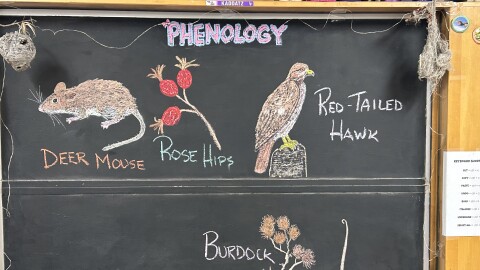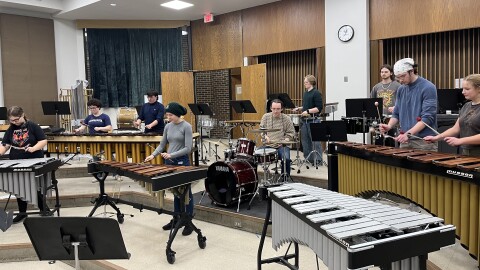Indigenous populations have long faced barriers in pursuing higher education and Minnesota's new free college tuition program could help put some of these dreams within reach.
This fall, the state launched its North Star Promise initiative, where households earning below $80,000 qualify for free tuition at state colleges and universities. Experts said limited scholarships are one of the many obstacles Native Americans encounter in the world of higher education.
Anna Sheppard, president of White Earth Tribal and Community College, does not sense the new program will lead to a big enrollment boost but for students receiving aid, it could take their college journey to greater heights.
"What I really appreciate is that they're not going to have to graduate having debt," Sheppard emphasized. "Maybe they're going to pursue a master's or doctoral, so then they don't have to worry about that."
She noted juggling student loans and other college debt often limits Indigenous populations from obtaining advanced degrees. Research from the Postsecondary National Policy Institute shows that between 2010 and 2020, there was an 18% decrease in graduate enrollment among Native Americans.
At White Earth, Sheppard noted the possibility of more students from tribal areas means they could be learning about in-demand careers and technology, such as solar energy.
"On top of that, we do have a solar array on campus, so they get to see one that's actually an operation," Sheppard explained. "Right now, that powers our extension-customized education building."
She suggested the solar classes they provide, including learning how to install panels, put the students in a better position after graduation with more projects coming on board in Minnesota. Industry leaders said they are having a harder time filling jobs, increasingly offering good pay and benefits.
Support for this reporting was provided by Lumina Foundation.
-
In this episode, co-hosts Heidi Holtan and Charlie Mitchell discuss woodpecker grunts, gifts for nature nerds, and first aid for injured owls.
-
Laurie Kramer is a professor of applied psychology at Northeastern University in Boston and an expert in sibling relationships and managing strategies for family conflict.
-
Itasca County Attorney Jacob Fauchald expects the case to eventually go to trial, but there may be more legal maneuvering before then. Martin's next appearance is set for February 2026.
-
-
Brian Pelander of Alden Township was fatally injured when a tree fell by him the morning of Nov. 26, 2025.
-
The executive director of the Nameless Coalition for the Homeless and former Beltrami County commissioner posted a video on social media, saying he will seek the seat.
-
-
During the week of Nov. 25, 2025, we enjoy reports of bobcat sightings, Tundra Swans and a lingering heron. Staff phenologist John Latimer responds.
-
-
Percussion gets the spotlight during Bemidji State's Percussion Ensemble concert at 7:32 p.m. on Dec. 4, 2025. Eric Sundeen joined “Area Voices” to discuss the upcoming performance.













